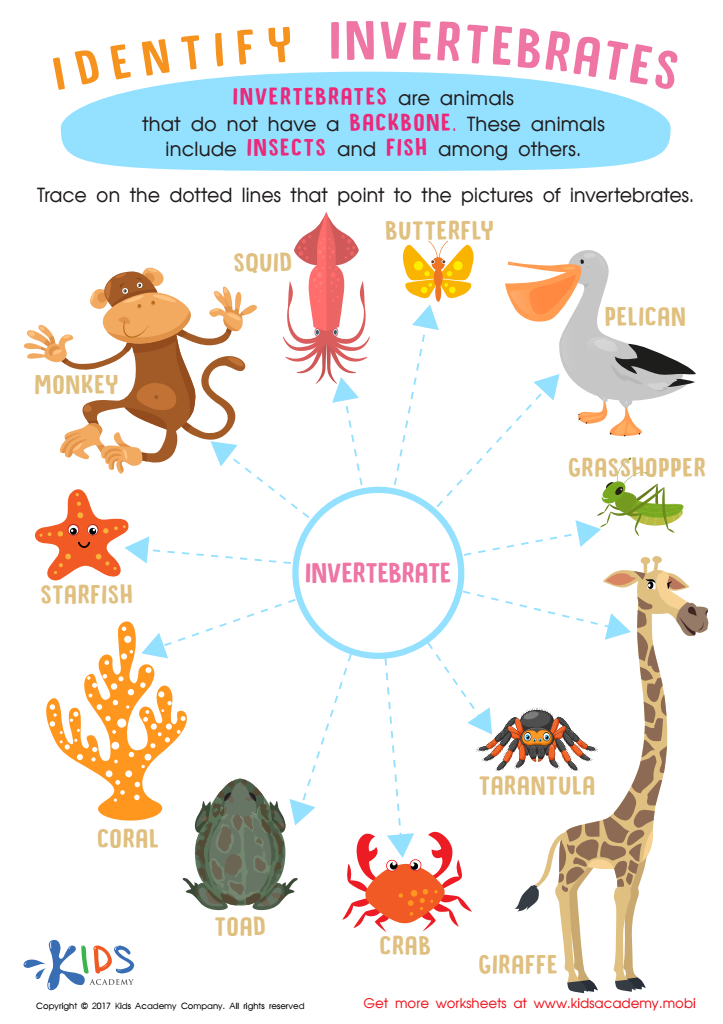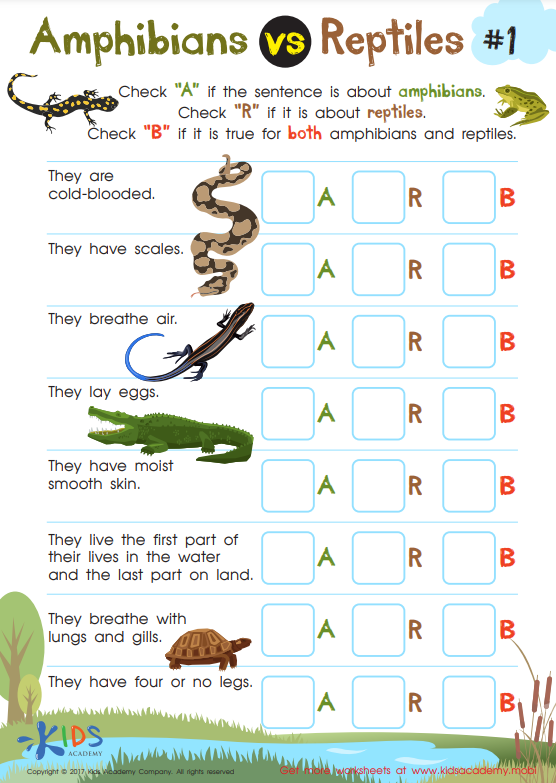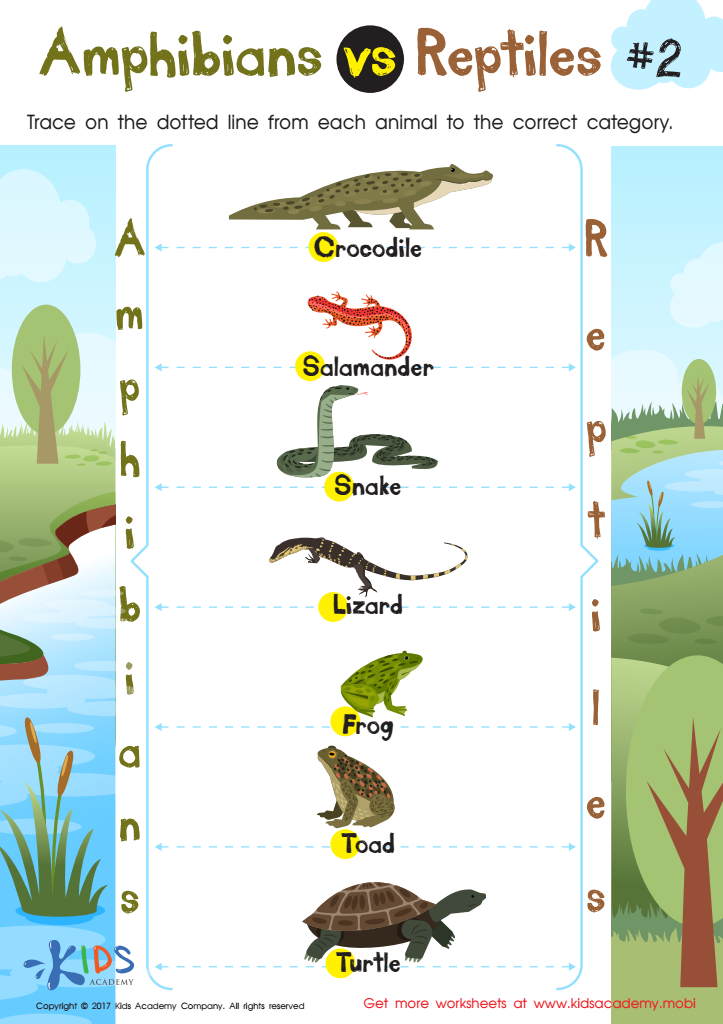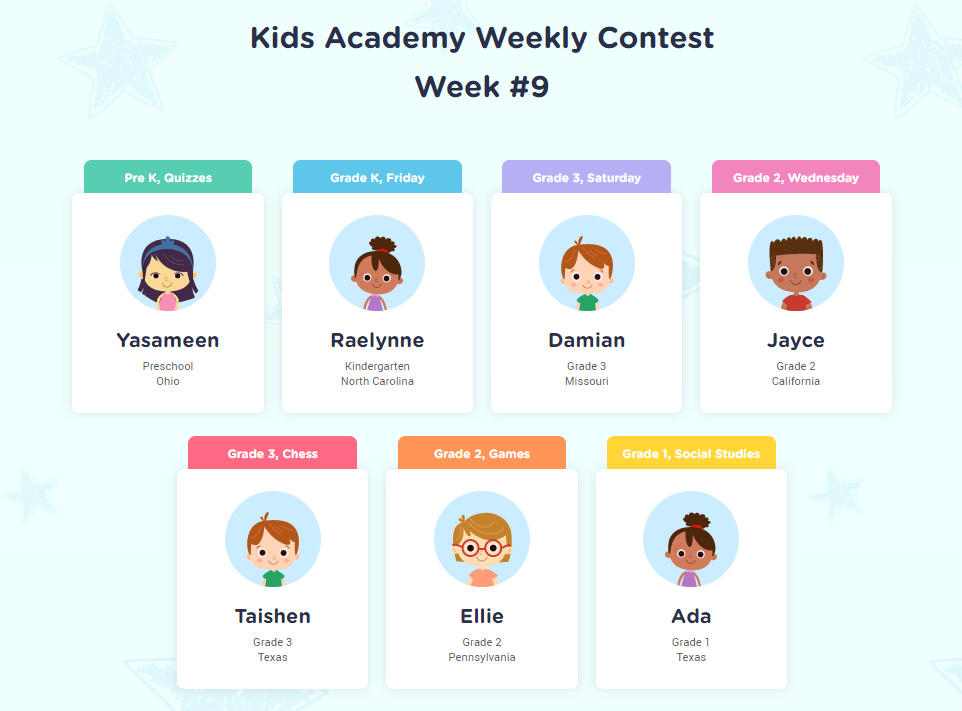3rd Grade Life Science: Major Animal Groups Your Kids Should Know
June 27, 2022
It’s quite easy for a parent to spend some quality time with their kids at the zoo or in a museum and introduce different kinds of animals. With their curiosity and natural fondness for all living creatures, it’s common to see a lot of children having their own favorite animals.
But why bother teaching your kids the major groups of animals?
As your child begins to throw some questions at you as to why birds can fly and dogs just bark and run, or why fishes can breathe underwater whereas cats hate the idea of getting wet, take the opportunity of giving him/her a glimpse of the entire animals kingdom by introducing its major groups - mammals, fish, birds, reptiles, and amphibians. This subject simply gives third graders the idea as to how diverse animals are. Through such discussion, kids get to learn the similar traits and significant differences animals have.
These lessons will serve as a major stepping stone for children in recognizing the importance of each animal and the roles they play in the ecosystem. It also gives them a picture of how different animals live in different habitats and what they need in order to survive. And these science videos for kids will assist them in learning parts of plants and penguins' habits.
Vertebrates vs Invertebrates
Before we get to the part of introducing the five major groups of animals, let us first discuss what vertebrates and invertebrates are and their key differences. Both of the terms were derived from the word vertebra which refers to one of the bone segments that make up the backbone or the spinal column. So as the term implies, vertebrates are animals that have a spine whereas invertebrates are those without it.
For the vertebrates, the backbone serves as the body’s central or primary support structure. For humans like us, the spinal column makes it possible for us to sit, stand, and walk. While explaining this to your child, it is best to show him/her a picture of the human body’s skeletal system which emphasizes the backbone while letting him/her feel the bones on your back. On the other hand, some of the invertebrates come with an external skeleton to make up for the absence of a dependable backbone. One striking characteristic of invertebrates is their ability to reproduce much faster than their backboned counterparts. You can use this Invertebrates Worksheet for your 3rd Grader to help him/her gain a better understanding of these spineless creatures.
The Five Major Animal Groups
Mammals
These are animals that either have fur or hair and feed their younglings with milk. The word mammal comes from the Latin word ‘mamma’ which practically means breast. This is simply because most mammals such as humans and primates have milk producing glands in their breasts. Another significant characteristic of mammals is their ability to maintain a constant internal temperature. Although humans and primates are fine examples of mammals, the biggest ones live in the sea - the blue whale.
Birds
Another major group of warm-blooded vertebrates are the birds. Unlike mammals, birds are covered in feathers. In fact, this is the main characteristic of birds that makes them distinct among any other animals. They also have wings but this attribute is also shared by bats which are mammals and insects which belong to the phylum Arthropoda. Just like insects and fish, birds also lay eggs. Other unique characteristics of birds are their toothless beaked jaws and their lightweight but sturdy skeleton. Bird bones are designed to be lightweight for flying maneuvers but tough enough to support taking off and landing movements.
Fish
Fish is a group of completely aquatic vertebrates that live in either freshwater or saltwater habitats. Common characteristics of the group is the presence of gills which help them breathe underwater. Fishes are also geared with a swim bladder - an organ with the main function of helping aquatic vertebrates in controlling depth as they maneuver under the water. As an accessory organ, the swim bladder also functions as a sound producer and receptor. Fishes are ectothermic or cold-blooded animals and most of them produce eggs. Guppies and sharks are livebearers.
Reptiles
Vertebrates covered in dry scaly skin are called reptiles. They are also known as cold-blooded vertebrates and most lay soft-shelled eggs. Reptiles that bear live young are the boa constrictors, garter snakes, and some others. Popular examples of reptiles are lizards, turtles, snakes, crocodiles, and iguanas. One interesting fact about reptiles is that they do not sweat. And the heaviest among these cold-blooded vertebrates is the saltwater crocodile.
Amphibians
Another cold-blooded vertebrates to note are the so-called amphibians. The term came from the Greek word ‘amphibious’ wherein ‘amphi’ means both and ‘bios’ means life. This is simply because amphibians live on both water and land. Like fishes, amphibians have gills. And with permeable skin, amphibians are able to breathe through their skin as much as they do so using their gills. Amphibians reproduce through external egg fertilization. Before concluding your discussion with your young zoologist, you can let him/her work on these Amphibians vs Reptiles learning worksheets for him/her to learn more about these amazing creatures.
Learn all about animals with Kids Academy Classroom!
Are you looking for more fun activities to learn about animals and other life science topics? Kids Academy Classroom is at your service! Check out this interactive science Classroom on Animal Life Cycles and share it with your little explorers: OPEN THE CLASSROOM.
After clicking "Next", you'll find a set-up interactive lesson with autoscored worksheets and a quiz.
KA Classroom allows teachers and parents to share activities and lessons from our vast resource library with their kids in just a couple of clicks.
Go directly to the Classroom page and create a quick classroom on any topic you want! After students complete the lesson, you'll get access to a report about their performance. Read our Classroom Guide for more information!















